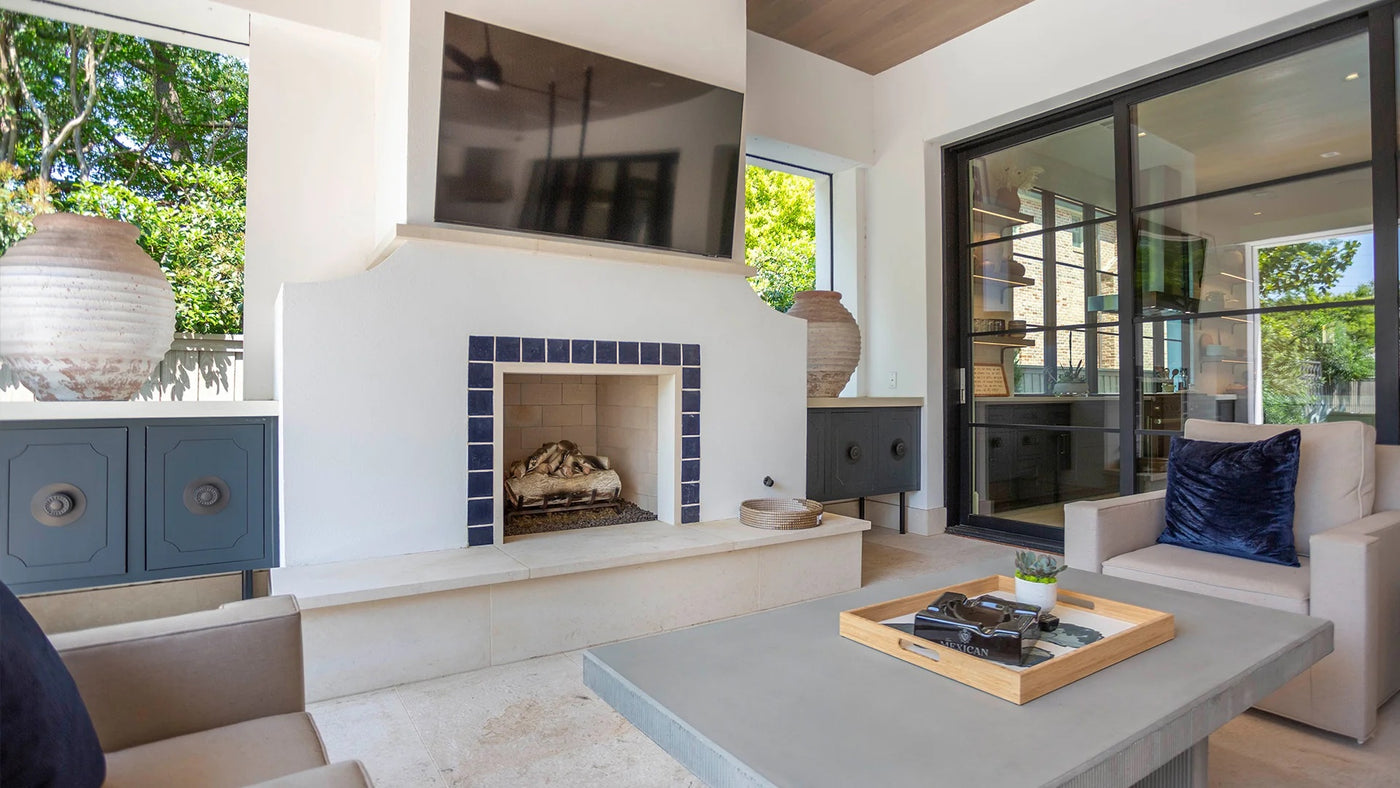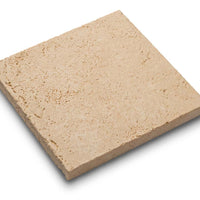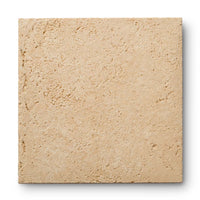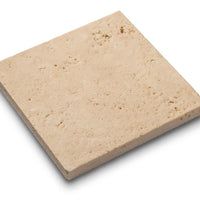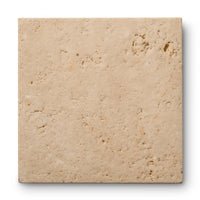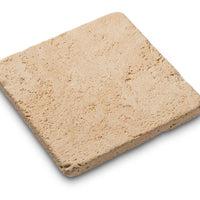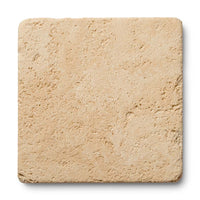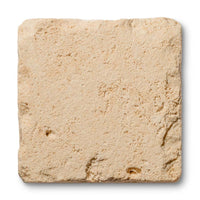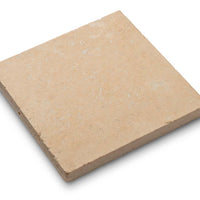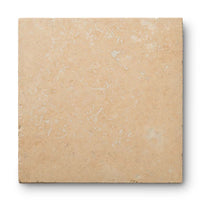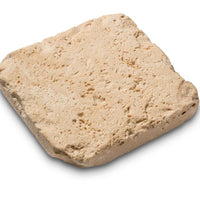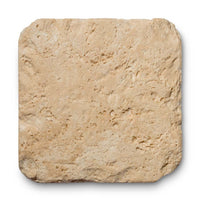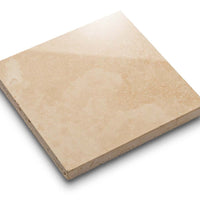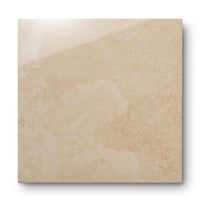It's a classic image: a family gathers around a rustic stone fireplace, the flames brightening their faces. Usually, it's a winter scene, with snowflakes drifting down outside as the family huddles together at the hearth. But what if you could move this scene outdoors—and enjoy it year-round?
The outdoor stone fireplace is one of many "outdoor living" trends taking the home design world by storm, and with good reason. It offers affordable, natural heating to your outdoor space and an ideal atmosphere for alfresco entertaining, but it also increases your home's aesthetic and monetary value.
From classic, old-world limestone to sleek and timeless marble, natural stone offers innumerable options for your new custom stone outdoor fireplace. Add a fireplace hearth stone for a pop of contrasting color or to protect the immediate area. We'll share some tried-and-true tips for adding this essential element to your backyard oasis.
Fire Pit vs. Fireplace
It's hard to beat the comfort of warming up beside a campfire. You may even have a fire pit in your yard for this purpose during the summer months. Yet fire pits have two major downsides: the smoke and ash.
An outdoor fireplace mitigates these issues by directing the smoke away from you and your guests and up through a chimney. A stone fireplace can be positioned almost anywhere in your yard, including as part of an attached patio or pavilion.
Positioning Your Fireplace
The best location for your outdoor stone fireplace depends on a number of factors, including your home's architectural design, the size and shape of your yard, and your own personal aesthetics. When considering where to position your outdoor stone fireplace, ask yourself a few questions.
Do you envision the fireplace as an extension of your home or an entirely separate entity? Do you want the fireplace to perform a specific function, such as creating a focal point, blocking wind, or enhancing privacy? While the large size of an outdoor fireplace can be helpful in these ways, it can also become a problem if it obstructs your view of the surrounding natural landscape, so take that into account when positioning your fireplace.
Materials and Design
Designing your outdoor fireplace can come with a lot of questions. The MATERIAL team answers a few frequently asked questions below:
Do you want cast stone or natural stone? You can read our full article on the differences. Still, we prefer natural stone for its natural beauty - that has never been successfully mimicked by cast stone.
How can you protect your stone against all kinds of weather? The short answer is it depends, but when you order, let us know it's for an outdoor application, and we'll help you choose the proper stone sealant. Dry Treat is affordable and easy to use but helps preserve and protect porous stone types.
What is the right mantel size for your fireplace? At MATERIAL Bespoke Stone + Tile, we simplify your project by narrowing it down to the basic elements: selecting your design, customizing your dimensions, and choosing your material. Whether you desire a modest, modern look or a more traditional statement piece, we have everything you need to make it a reality.
What’s the Best Fuel Type?
When fueling your outdoor fireplace, you have a few different options. Wood is a classic choice, offering a natural look and feel; however, it requires keeping logs on hand and feeding the fire periodically. There is also some additional cleanup involved, such as ash disposal.
Natural gas and propane are popular alternatives, though each has pros and cons. While natural gas is a very affordable option, it requires installing a gas line. And while it burns cleaner than propane, it does not get as hot. Propane burns hotter and comes in a tank that's easy to install and refill but does not burn as cleanly as natural gas.
A Note on Local Ordinances
As outdoor fire features have grown in popularity, many local governments have begun to adopt ordinances that restrict the use of backyard recreational fires. Before investing in a new stone fireplace, check with local safety regulations in your area.
